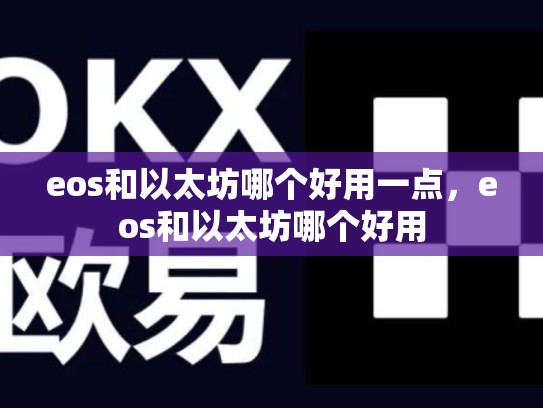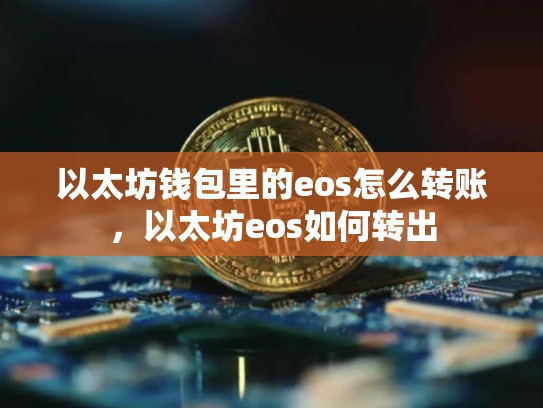EOS vs Ethereum: A Comparative Analysis in Blockchain Technology
In the rapidly evolving landscape of blockchain technology, EOS (Ethereum Operation System) and Ethereum (Ethereum) have emerged as two prominent platforms that are constantly attracting attention from developers, investors, and ordinary users alike. This article will conduct a comparative analysis between these two platforms to help readers better understand their characteristics and make informed decisions about which one is more suitable for them.
Background Introduction

Ethereum: Ethereum is an open-source platform based on the proof-of-work (PoW) consensus mechanism introduced by Vitalik Buterin. Launched in 2013, Ethereum has become the world's largest decentralized application (DApp) platform with over 30,000 active accounts and millions of daily transactions. Its main features include smart contract functionality, powerful cross-chain capabilities, and extensive community support.
EOS: EOS is another notable platform based on the proof-of-stake (PoS) consensus mechanism, launched by the EOSIO team. Known for its low energy consumption, high performance, and fast settlement times, EOS is particularly suited for applications requiring frequent transactions and large-scale data processing. Additionally, it offers a comprehensive set of API interfaces, making it easy for developers to build new services and applications.
Performance Comparison
Ethereum: Despite offering rich smart contract functionalities, Ethereum’s high transaction fees and high mining costs limit its scalability and accessibility. In contrast, EOS improves transaction throughput significantly through optimized resource allocation, reducing transaction costs and making EOS ideal for high-frequency trading and large enterprise applications.
EOS: With its efficiency and cost-effectiveness, EOS stands out thanks to its PoS mechanism, enabling nearly limitless scaling while maintaining extremely low energy consumption. This not only makes EOS a perfect platform for building massive distributed applications but also attracts significant interest globally due to its robust ecosystem of innovative projects such as Uniswap for DeFi protocols and Opensea for NFT marketplaces.
Ecosystem and Community
Ethereum: Ethereum boasts a vast ecosystem with numerous open-source projects and innovations across various sectors including finance, games, and social media. Due to high transaction fees and costs, many developers might turn to EOS or other platforms like it.
EOS: Although still relatively young, EOS has developed a strong ecosystem within just a few years. Applications running on EOS, such as Uniswap for DeFi protocols and Opensea for NFT marketplaces, have significantly bolstered EOS’s status as a superior development platform for creating innovative solutions.
As blockchain technology continues to evolve and expand into diverse applications, there may be shifts in the competitive relationship between EOS and Ethereum. Both platforms could complement each other further, driving advancements in blockchain technology.
Conclusion
EOS and Ethereum both offer unique advantages depending on your specific needs and goals. For enterprises and individual developers seeking high performance and cost-effective solutions, EOS may be preferable; for startups and entrepreneurs aiming to establish widespread ecosystems, Ethereum remains the better choice.
Ultimately, the decision depends on whether you prioritize high-speed, low-cost infrastructure or a broad range of established applications and services.
标签: EOS (Hyperledger Fabric) Ethereum







